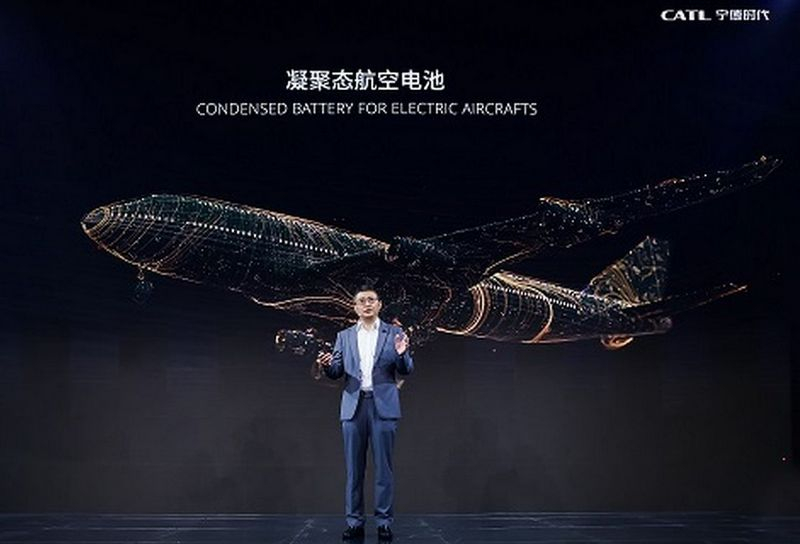The development of electric aircraft is not limited to the development of solutions resembling quadcopters and having a very modest flight range. Aircraft of a classic configuration are preparing to switch to electric traction, and CATL expects to provide them with a flight range of up to 3,000 km by 2027.

Image source: CnEVPost
At the World Economic Forum currently taking place in China, CATL Chairman Robin Zeng announced the successful testing of a 4-ton aircraft equipped with high-density traction batteries. CATL conducted the testing in cooperation with the state-owned aircraft manufacturer COMAC and was able to complete it. CATL has been developing the corresponding batteries since 2019. They have a charge storage density of 500 Wh/kg, which is twice as high as the current traction batteries used in electric vehicles. The latter type of vehicle will also try on such CATL batteries.

The success achieved at this stage allows CATL management to express hope that by 2027-2028, China will have created aircraft weighing up to 8 tons, capable of covering a distance of 2,000 to 3,000 km without recharging. In any case, for small commercial aviation, such characteristics are already quite sufficient for switching to electric traction. Of course, a passenger airliner of the Boeing 747 class has a gross takeoff weight of up to 450 tons, so it will be very long before such aircraft are replaced by electric ones, but in the commercial segment, some progress is obvious.
In passing, the head of CATL noted that the company expects to introduce the second generation of its sodium-ion batteries next year, which will be distinguished by lower cost, longer service life and increased resistance to subzero temperatures. On a scale of 1 to 10, this type of battery is already 7 points ready for serial production, as the chairman of the board of directors of CATL added.